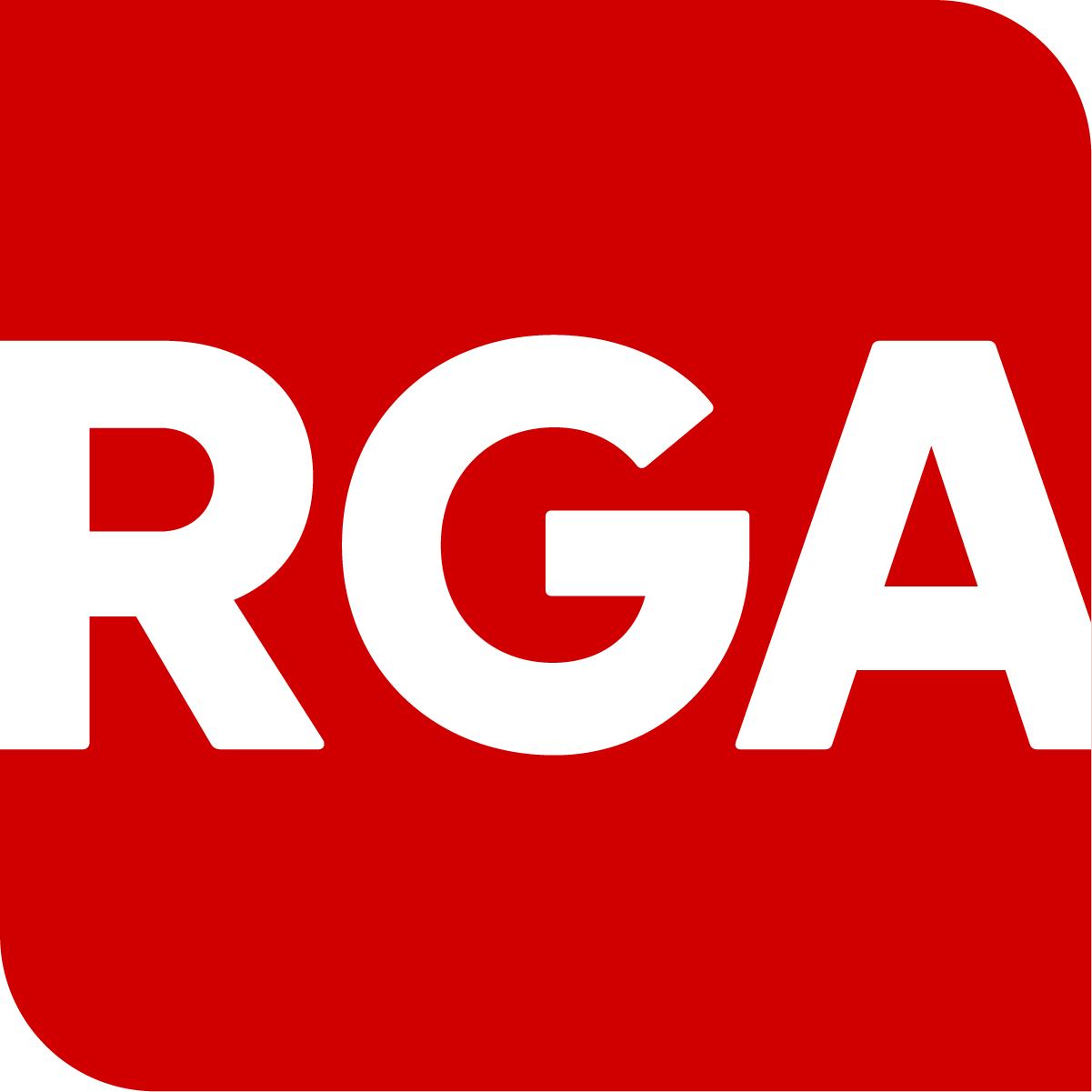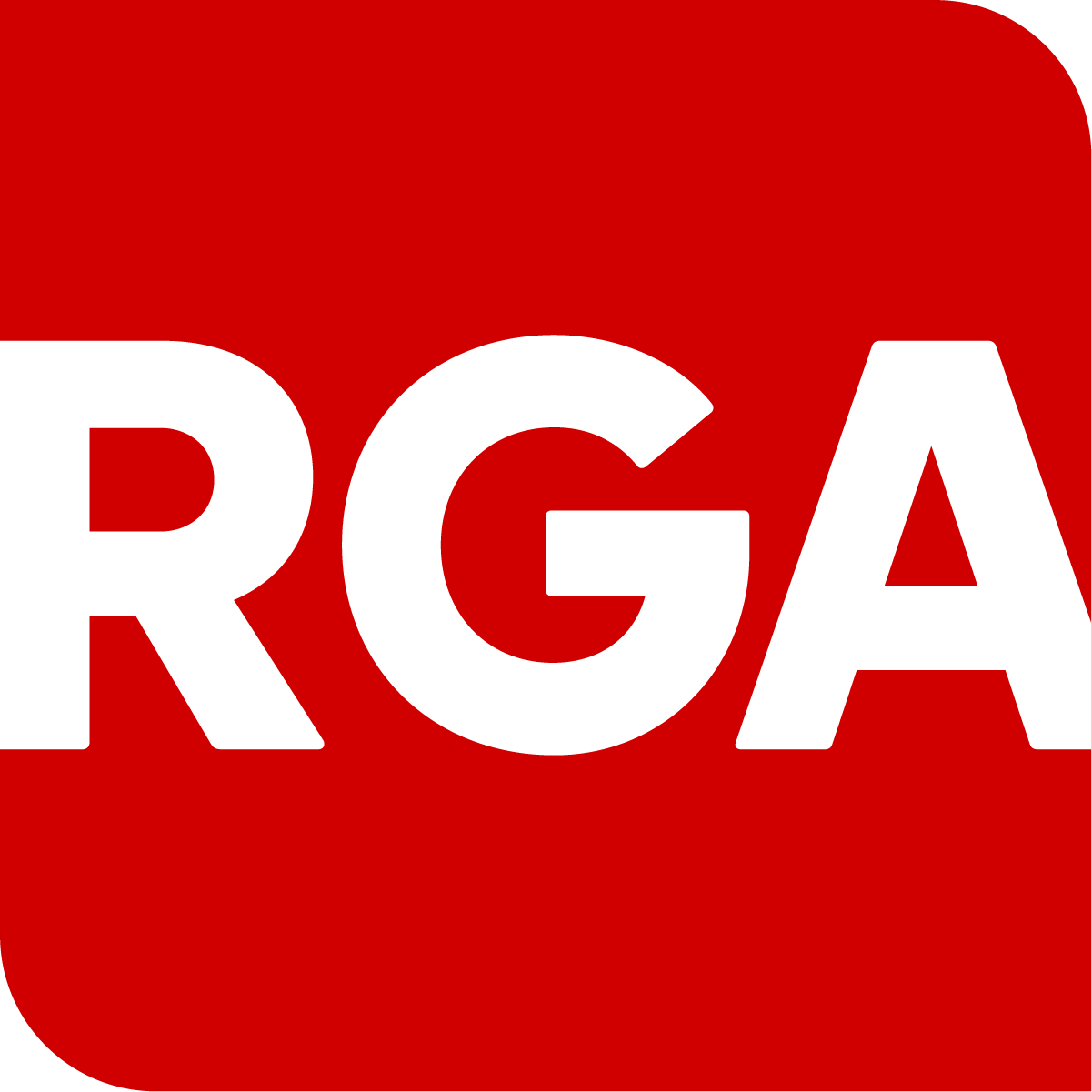Key takeaways
- Before exploring med tech solutions, insurers should start with a clear idea of desired outcomes or specific problems rather than trying to retrofit the latest technology into existing operations.
- Successful med tech evaluation requires assembling experts from cross-disciplinary teams – such as distribution, product, IT, and operations – to ensure comprehensive assessment and avoid siloed decision-making.
- Insurers can apply a structured approach to evaluate med tech solutions that hold the potential to enhance risk selection, disease detection, care pathways, and customer benefits.
Man’s best friend lent a paw – and a vein – to some of the first experiments with medical technology.
In 1656, a decade before he redesigned St. Paul’s Cathedral, famed English architect Christopher Wren spent part of his college years at Oxford injecting dogs with opium. He fashioned a needle from a goose quill and pushed the drug intravenously with a pig bladder as the syringe. Those rudimentary experiments laid the groundwork for hypodermic needles, used today to power remarkable technologies like multi-cancer early detection tests.
Since Wren’s canine tests centuries ago, med tech has exploded into a global marketplace of companies producing diagnostics, software, and devices. Many of these new technologies could enhance the work of insurers, but the overwhelming number of potential med tech partners makes thorough evaluation and selection an intimidating prospect.
By taking a leap out of the comfort zone of existing processes, insurers can apply med tech to achieve onboarding efficiencies, improve health outcomes through early disease detection, create more holistic protection options for customers, and select newer or better risks.
This article introduces the framework that RGA offers clients to explore and assess med tech opportunities.
Getting started
The World Health Organization (WHO) defines medical technology as the “application of organized knowledge and skills in the form of devices, medicines, vaccines, procedures, and systems developed to solve a health problem and improve quality of lives.”
Before diving into possible med tech solutions, start with a desired outcome or a specific problem that needs solving. Next, assemble a team of relevant subject matter experts from across the company. Depending on the selected outcome or problem, consider including professionals from distribution, product development, underwriting, medical, claims, compliance, IT, and operations.
Avoid tasking this group with figuring out how to force-fit the latest med tech product into the company’s operations. Instead, they should explore how a med tech product can help the company achieve the desired outcome or solve the pressing problem.
Each department brings unique perspectives and expertise that collectively ensure comprehensive evaluation and successful implementation. A collaborative approach prevents siloed decision-making and ensures that med tech investments are strategically aligned, operationally viable, and satisfy regulatory demands. This approach ultimately increases the likelihood of delivering the intended value across all aspects of the insurance business.
To help clients zero in on a solution, RGA’s selection framework offers insurers a three-pronged approach to evaluate med tech: select, detect, and protect.






